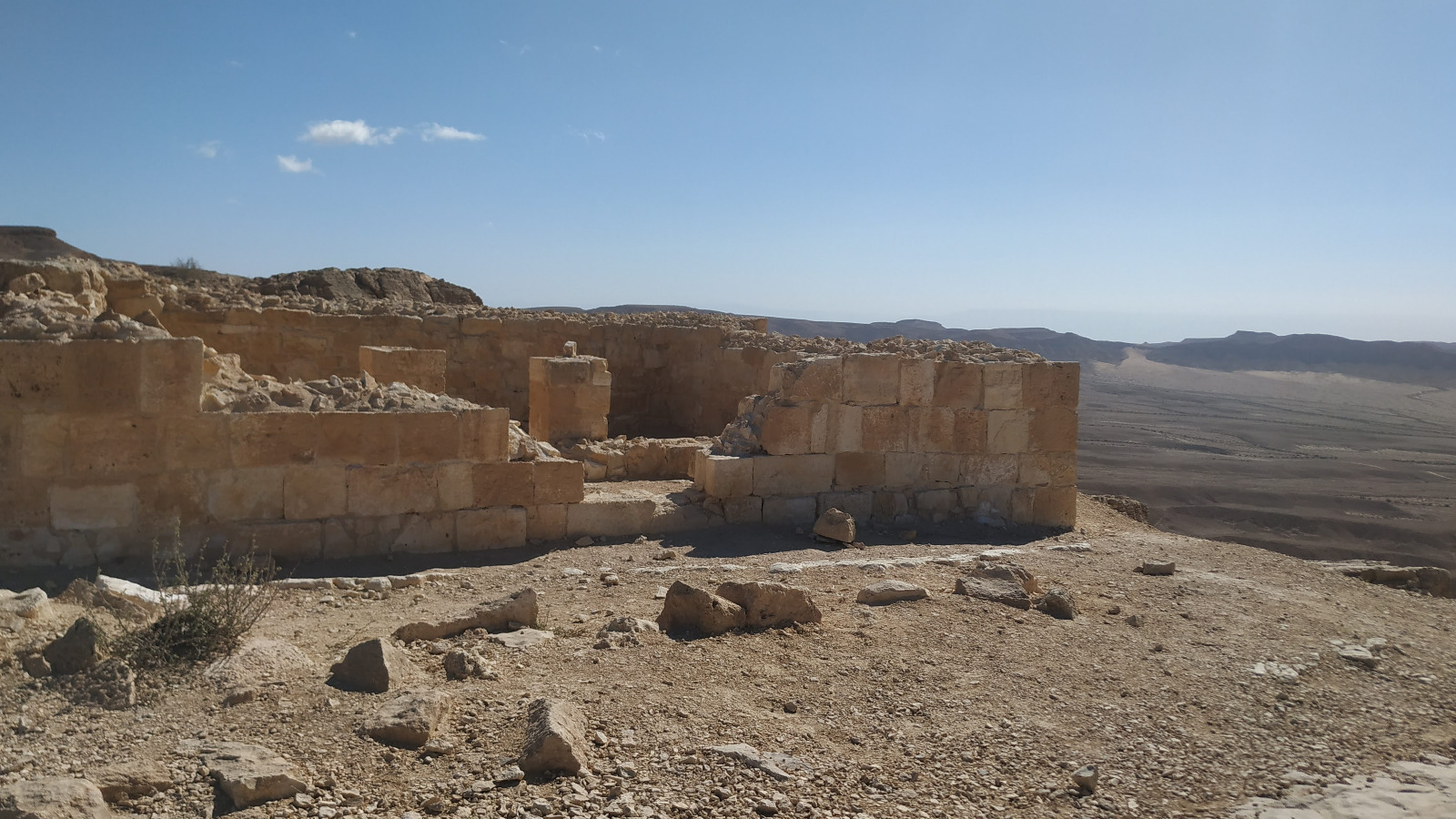Metzad Mahmal represents a crucial piece in the historical puzzle of the Incense Route, a trade network that facilitated the movement of luxury goods such as incense, myrrh, and spices between the Arabian Peninsula and the Mediterranean. This route not only served economic purposes but also played a significant role in cultural and technological exchanges between civilizations. The ruins of Metzad Mahmal, located on the northern cliff of the Ramon Crater, offer invaluable insights into the complexities of ancient trade and the ingenuity of the peoples who traversed these challenging landscapes.
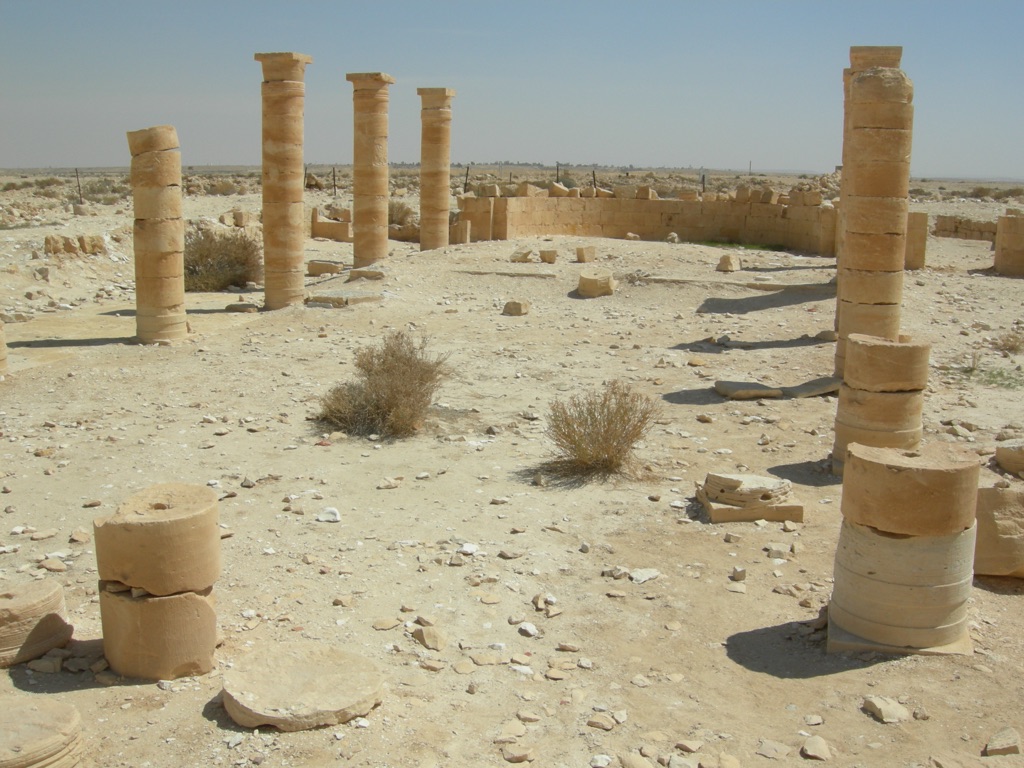
Nessana
Nessana, known in Modern Hebrew as Nizzana or Nitzana, represents a significant archaeological and historical site located in the southwest Negev desert in Israel, near the Egyptian border. Initially established as a caravan station on the ancient Incense Road, Nessana served a critical role in facilitating trade and travel between Egypt to the west via the Sinai and key locations to the northeast such as Beersheba, Hebron, and Jerusalem. This strategic position made it a vital hub for Nabataean merchants initially and later for Christian pilgrims.
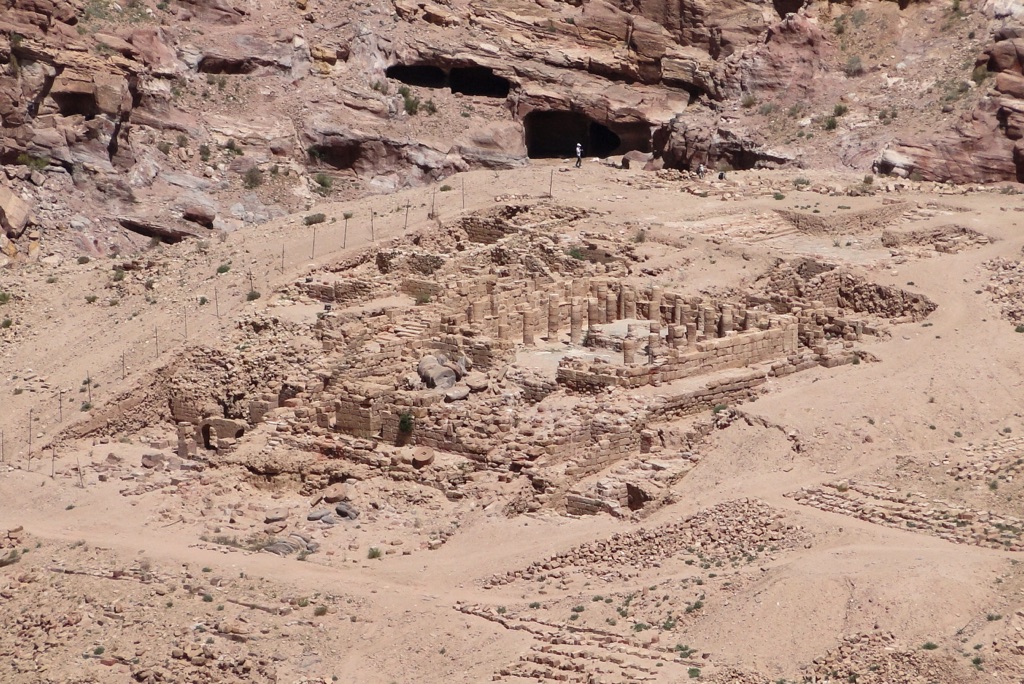
Temple of the Winged Lions
The Temple of the Winged Lions stands as a significant archaeological and historical site within the ancient city of Petra, Jordan. Dated to the reign of King Aretas IV (9 BCE–40 CE), this large Nabatean temple complex is situated in Petra’s Sacred Quarter, opposite the Qasr al-Bint and on the northern bank of Wadi Musa. Its construction and subsequent use provide valuable insights into the religious, economic, and cultural aspects of Nabatean society.
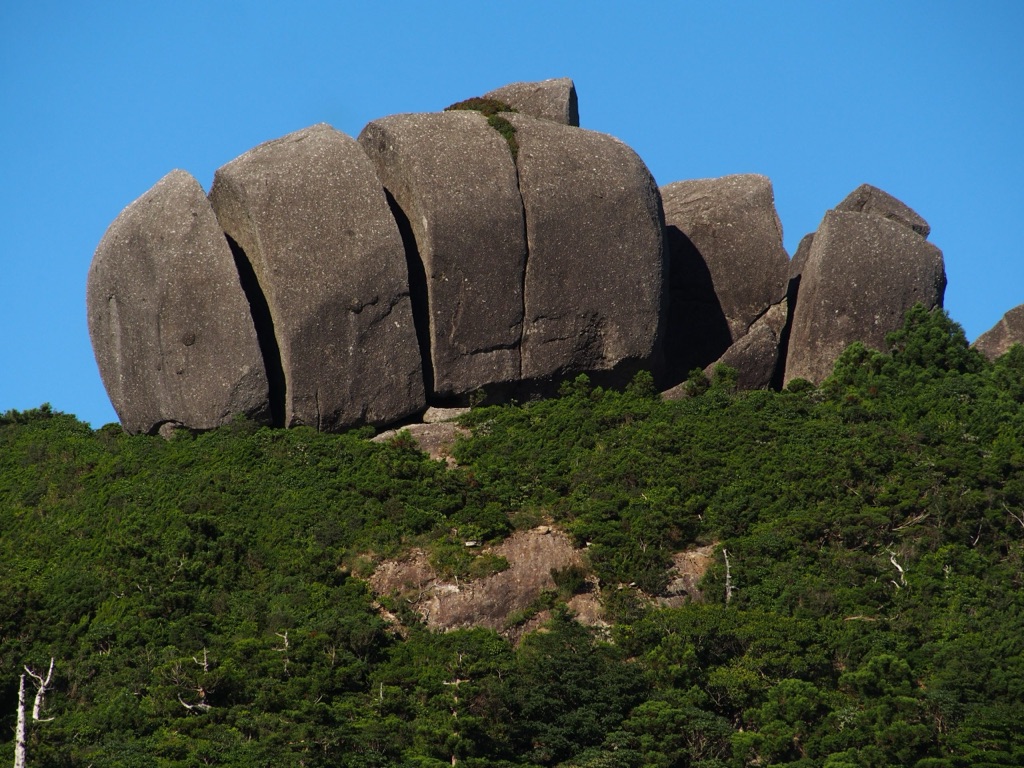
The Yakushima Megalith
The Yakushima Megalith, located on the remote island of Yakushima in Japan, has been a subject of intrigue and speculation among historians, archaeologists, and enthusiasts of ancient cultures. This massive stone structure has sparked debates regarding its origins: is it a product of natural geological processes, or does it bear the marks of human craftsmanship? This article aims to explore the evidence surrounding the Yakushima Megalith, drawing on geological, archaeological, and historical research to provide a comprehensive understanding of its nature.
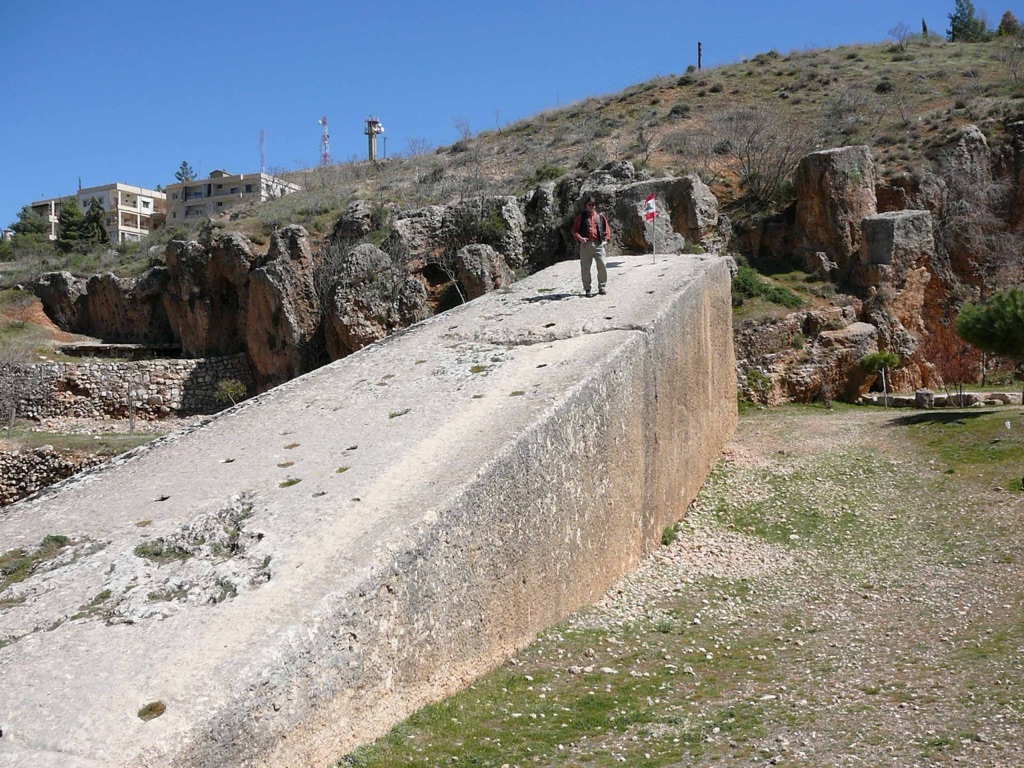
Megalith vs Monolith
In the study of ancient structures and archaeology, the terms “megalith” and “monolith” are often encountered. While they may sound similar, they refer to distinct types of structures that have been utilized by various cultures throughout history. This article aims to clarify the definitions and distinctions between megaliths and monoliths, providing a clear understanding of their characteristics, uses, and historical significance.
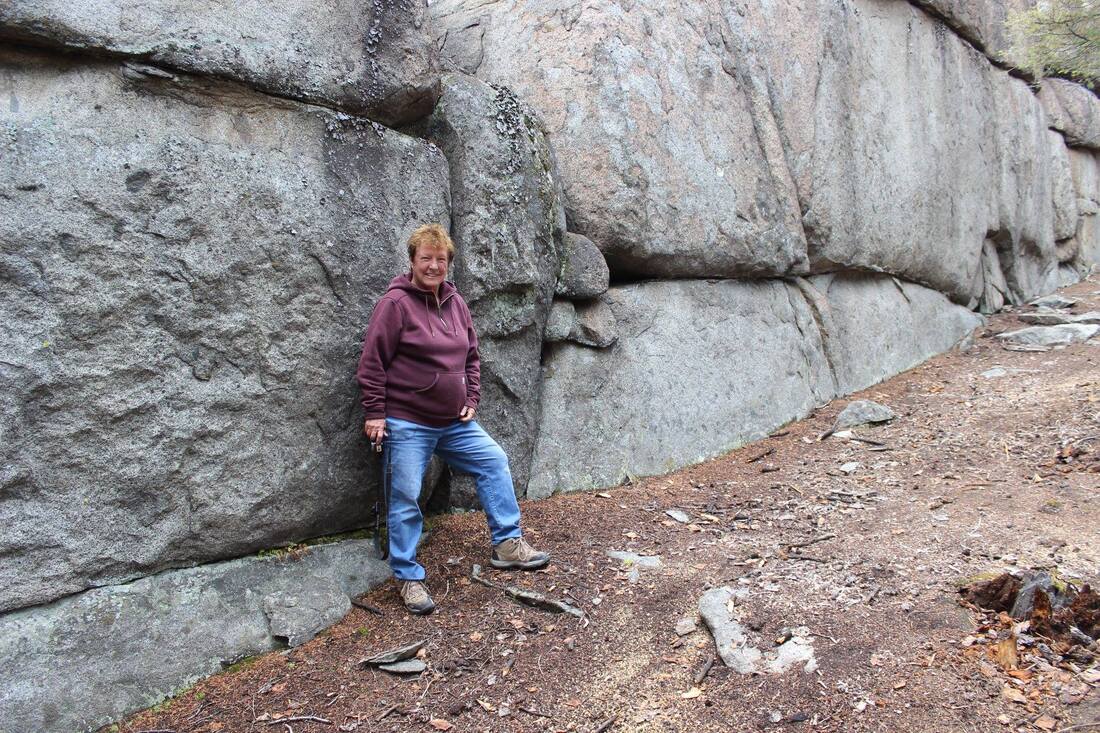
Montana Megaliths
The Montana Megaliths have been a subject of considerable debate among historians, archaeologists, and geologists. These structures, located in the state of Montana, USA, have drawn attention due to their peculiar formations and the mystery surrounding their origins. This article aims to dissect the available evidence to determine whether these megaliths are man-made or natural formations.

